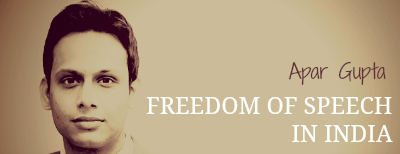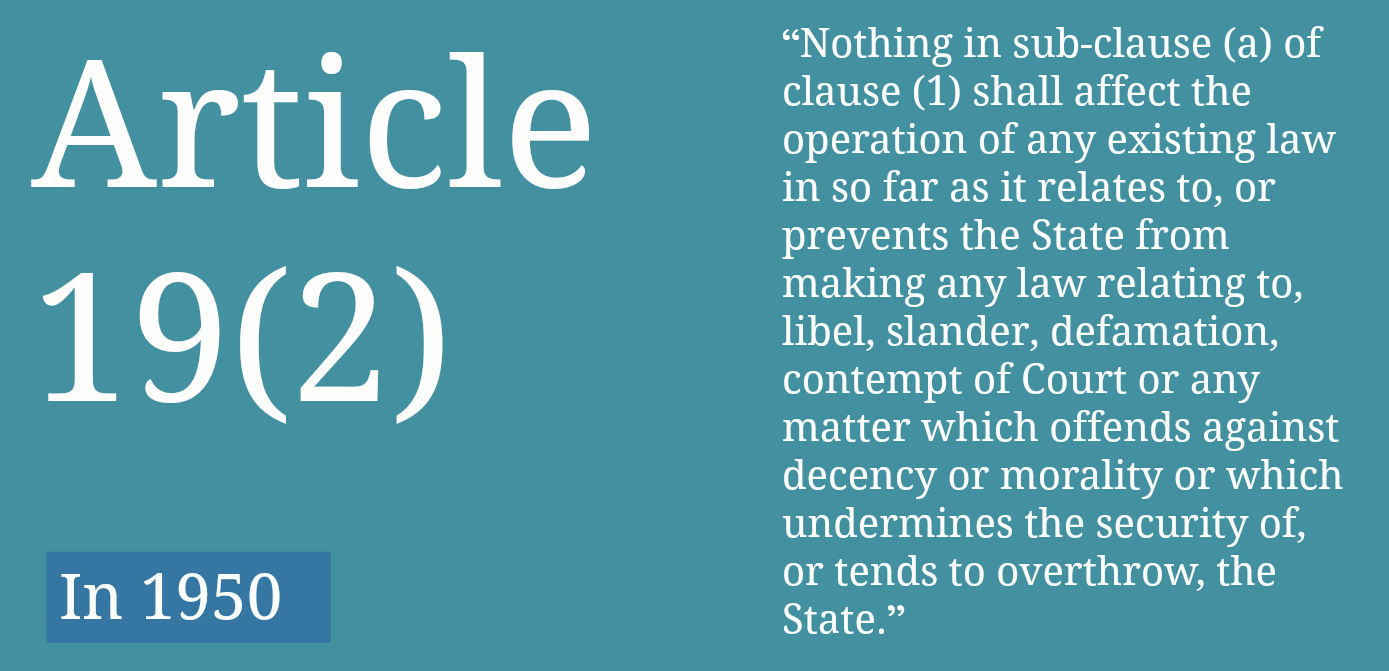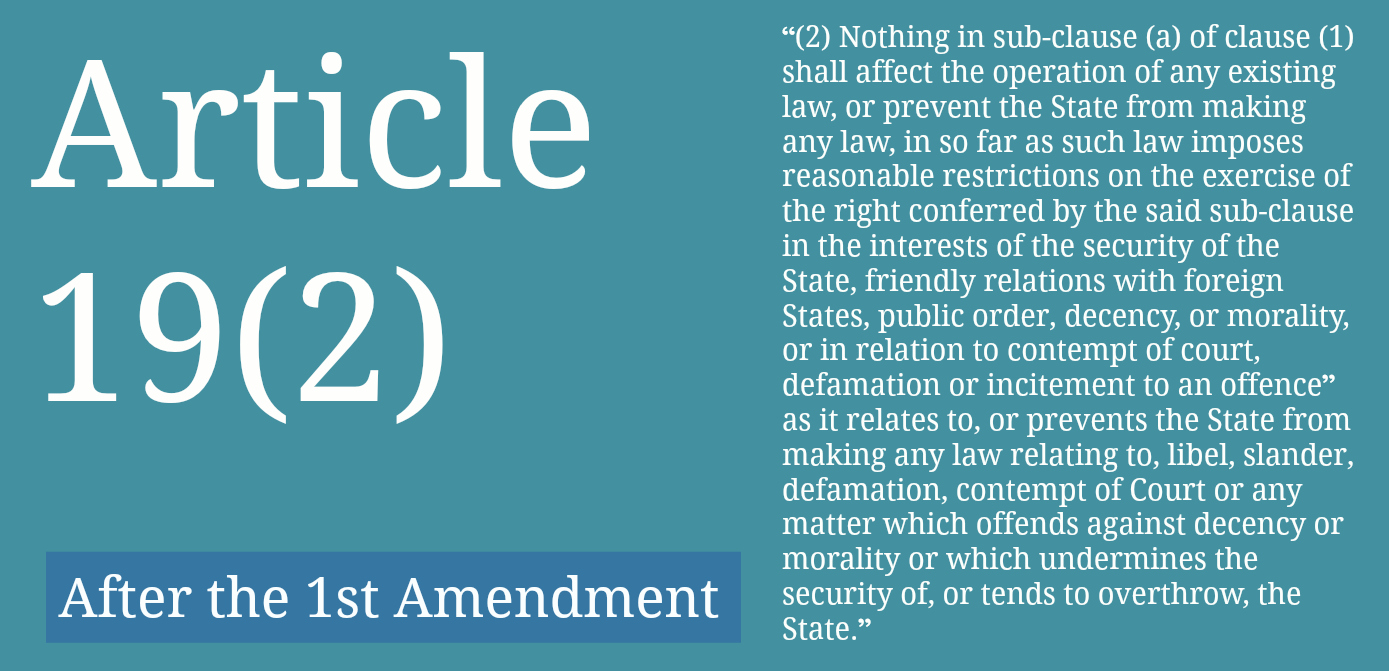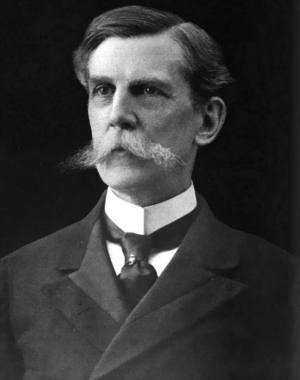While denying bail to Salman, the trial court judge noted that his crime was worse than murder. What was this alleged crime? Not standing up when the national anthem was played in a cinema before a movie. The police also alleged that he hooted when the anthem was played, though Salman disputes it. For added measure, the police also went through his Facebook profile and found some offensive posts.
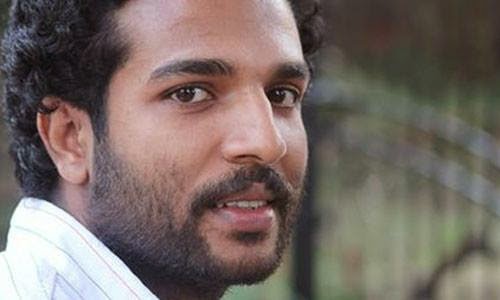
Based on these alleged facts, he was arrested for offences under Section 124A of the Indian Penal Code, 1860 (“IPC”), Section 66A of the Information Technology Act, 2000, and Sections 2 and 3 of the Prevention of Insults to National Honour Act, 1971. Section 124 of the IPC contains the offence of sedition and Section 66A is a broadly phrased legal provision which allows the criminalisation of any content shared online. The Prevention of Insults to National Honour Act, 1971 is a special statute enacted to provide for the use of national symbols and emblems and to penalise for the improper use of the National flag or the anthem. On its very face, Salman’s case seems like an instance of abuse of law. Many legal commentators however, are now questioning even the very basis of the law which permits such abuse.
The offence of sedition
Sedition, as it originally stood under Section 124A of the IPC, was clear in its intent. It penalised any person who, “excites, or attempts to excite, feelings of disaffection to the Government established by law in British India”. In the case of Kedar Nath Singh v. State of Bihar (AIR 1962 SC 955), the Supreme Court after recounting the trial of Bal Gandharar Tilak under the same provision, held that for any speech or act to be made even cognisable for the offence of sedition, a positive act was required. This alleged act needed to go beyond a mere absence of affection towards the State. An offence under Section 124A, it went on to note, can apply to, “only such activities as would be intended, or have a tendency, to create disorder or disturbance of public peace by resort to violence.” Merely not standing up when the national anthem is played, it seems on the face of it, does not amount to the offence of sedition. A legal offence, if any, will be left to the more specific law in this respect that is contained under the Prevention of Insults to National Honour Act, 1971.
Even otherwise, not standing up when the national anthem is played may be morally reprehensible but it may be an act of dissent. It may properly be within the domain of offensive speech which exists as a fundamental right. To paraphrase the inimitable Gore Vidal, it is better to burn the flag than the constitution. In Texas v. Johnson (491 U.S. 397 (1989)), Justice Brennan, agreed stating, “We do not consecrate the flag by punishing its desecration, for in doing so we dilute the freedom that this cherished emblem represents”.
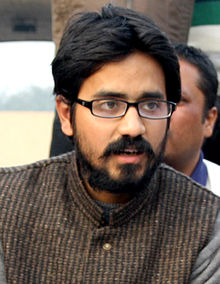 Surely our constitutional freedoms do not extend to burning our nation flag or abusing the anthem. Those same freedoms however, permit us to express our dissent with due respect. Not standing up in a cinema hall when the national anthem is played, squarely falls within the permissible threshold of dissent – dissent, which in any case cannot be charged with sedition. Even the cartoonist Aseem Trivedi was accused under exactly the same provisions as Salman has been. Only after he was arrested and the Mumbai Crime Branch came in for heavy criticism did the Government of Maharashtra drop the charges of sedition against him before the High Court of Bombay.
Surely our constitutional freedoms do not extend to burning our nation flag or abusing the anthem. Those same freedoms however, permit us to express our dissent with due respect. Not standing up in a cinema hall when the national anthem is played, squarely falls within the permissible threshold of dissent – dissent, which in any case cannot be charged with sedition. Even the cartoonist Aseem Trivedi was accused under exactly the same provisions as Salman has been. Only after he was arrested and the Mumbai Crime Branch came in for heavy criticism did the Government of Maharashtra drop the charges of sedition against him before the High Court of Bombay.
Recent use of Section 66A of the Information Technology Act
Much has already written about Section 66A. In the interest of brevity, it is only relevant to state that the provision has come in for widespread criticism due to its abuse. A batch of at least six petitions is pending before the Supreme Court of India. All of them challenge it for violating the right to freedom of speech and expression. Though much has been written about the legal merits of Section 66A, not much has been written about the state’s defence of the provision during the proceedings before the Court. Essentially, the state has argued that the problem is not with the provision itself, but only with its implementation. To bolster its argument, a “check” on arrest for offences under Section 66A has been issued by way of a direction dated January 9, 2013.
On May 16, 2013, during a preliminary hearing of a group of petitions questioning the vires of Section 66A, it was noticed that during the pendency of the petitions, arbitrary arrests had continued unabated. Concerned with this, the Court enquired about extending the Union government’s notification to all state governments. This was necessary because ‘law and order’ is a state subject and without such a direction, the Union government’s ‘check’ would be limited to the territories administered by it.
The check, that is, the Union government’s direction, had mandated that any arrests for a complaint registered under Section 66A could not be affected without prior approval from the Inspector General of Police or a police officer not below the rank of the Deputy Commissioner of Police. The reasoning offered was that the abuse of the law had been occuring at the level of the local police and that by mandating prior approval of a senior police officer, there would be a level of oversight.
Recent arrests under 66A belittle this reasoning
1. In the last week of May, 2014, five persons were arrested by the Bangalore Police for sharing a MMS via WhatsApp. The MMS had spoofed the BJP election slogan “Abki Bar Modi Sarkar” with the headline, “Abki Baar antim sanskaar”.
2. In the first week of June, 2014, Devu Chodankar, a shipbuilding professional from Mumbai, was detained and threatened with arrest by the Goa State Police for posting a message critical of Narendra Modi being the BJP’s Prime Ministerial candidate. He feared arrest, and prior to the case obtaining media publicity, the police had asked for his custody.
3. In the second week of June, 2014, the principal and six students of a government polytechnic instituion at Kunnamkulam were arrested by the Kerala State Police for adding Prime Minister Modi’s photograph in the college magazine under a list of “negative faces”.
4. In the third week of June, 2014, the principal and eleven students of the Sree Krishnan College at Guruvayur were arrested by the Kerala State Police after its campus magazine was alleged to have used “objectionable and unsavoury” language against Modi in a crossword puzzle.
We can add Salman’s case to this list. He has been charged under Section 66A after the police went through his Facebook profile after a complaint was filed against him for not standing up in the cinema hall. Even though Section 66A has been on the statute books since 2008, there is no data published by the National Crime Records Bureau about the FIRs registered or the arrests made. In its absence, all we have is this anecdotal evidence to show continued abuse.
Technical objections may be used to fault these illustrations. For instance, it can be argued that a wider trend cannot be established on such a small sample size or that data has been used selectively. This criticism does not mitigate the abuse which is apparent in these cases individually. For the persons arrested in these cases the safeguard implemented by the Supreme Court has been ineffective. It leaves one to question the defence of illegality in the process of implementation of Section 66A, as opposed to the principal provision itself. Salman’s case is precisely what Section 66A is meant for and used for. It is used through its abuse.
Offences under the Prevention of Insults to National Honour Act
The proper legislation under which any criminal offence should have been alleged (if any) is the Prevention of Insults to National Honour Act, 1971. The Act, under Section 3 provides that,
“Whoever intentionally prevents the singing of the Indian National Anthem or causes disturbances to any assembly engaged in such singing shall be punished with imprisonment for a term, which may extend to three years, or with fine, or with both.”
Here it is important to note that, it is not enough that a person does not sing the national anthem, but must also prevent its singing or cause a disturbance. Hence, the Supreme Court in the case of Bijoe Emmanuel v. State of Kerala ( (1986) 3 SCC 615) held that a prosecution under the Act for remaining silent when the national anthem is played in a school assembly violates the freedom of speech and expression under Article 19(1)(a). Though major parts of the Court’s opinion extend to the right of minorities to religion and faith preventing the petitioner from signing the national anthem, its determination on the refusal to sing along was also premised on the freedom to speech and expression.
Further legal complications also exist for the prosecution of Salman under this law. The first is that the Union Government has issued orders for the enforcement of the Act. These orders define how, when, and where the national anthem will be played. They go towards permitting it to be played for ceremonial occasions and even suggesting that it should not be played unless proper decorum can be maintained. Surely, wedged between seats with barely enough place to stand while other movie goers jostle for space is not the best place to mark respect for the motherland.
The standing orders take this into consideration and mention that there is no obligation to stand if the national anthem is played, “in the course of exhibition”. The Supreme Court itself has noticed it in the case of Karan Johar v. Union of India ( (2004) 5 SCC 127) where it has stated that, “We are satisfied that in view of the instructions issued by the Government of India that the national anthem which is exhibited in the course of exhibition of newsreel or documentary or in a film, the audience is not expected to stand as the same interrupts the exhibition of the film and would create disorder and confusion, rather than add to the dignity of the national anthem.”.
Technical arguments may be advanced as to what constitutes, “in the course of exhibition” or whether sitting down when the national anthem was being played constitutes an offence under Section 3. Even facts may be disputed. There are versions which say that Salman was part of a group of students who passively kept sitting when the national anthem was played. In sum and substance, the offences alleged even with respect to Prevention of Insults to National Honour Act, 1971 will need to be investigated and put through a process of trial. Even then enough defences exist in law. A criminal process is launched which will not end at least for a decade merely because a person failed to stand up when the national anthem was played. Accused for this, Salman was jailed for more than a month. He has arrested on August 20, 2014 and was granted bail on September 22, 2014. Before availing his liberty, he had to execute a bail bond of two lakh rupees. Bail is not the end. The case will continue to drag on through years of trial. The wheels of justice will move slow and grind fine. In the meantime, Salman may go to watch another movie with his friends. But if the national anthem plays, it is questionable what he will feel for the country – love or fear.
(Disclosure and a personal note: I have represented Mr. Aseem Trivedi in the Supreme Court of India for his impleadment in the Shreya Singhal Petition and have been part of PUCL’s legal team in its challenge to Section 66A, the Intermediary Rules, 2011, and the Blocking Rules, 2009. This article contains an accurate and truthful report of court proceedings and is premised on a legal analysis of provisions and their implementation. While I am respectful of the pendency of these cases, the rule of sub-judice does not prevent comment on issues which involve considerable public interest during such pendency. Such comment is also necessary given that penal provisions are continuously being used to arrest any person voicing dissent.)
Apar Gupta is a partner at Advani & Co., and was recently named by Forbes India in its list of thirty Indians under thirty years of age for his work in media and technology law.


